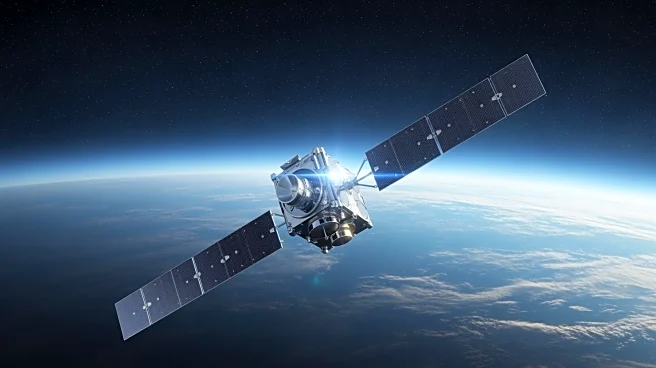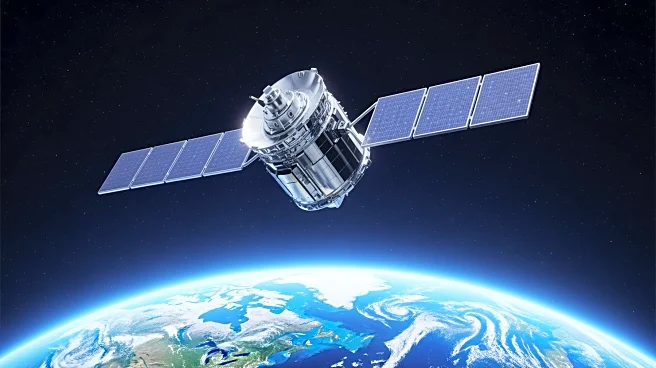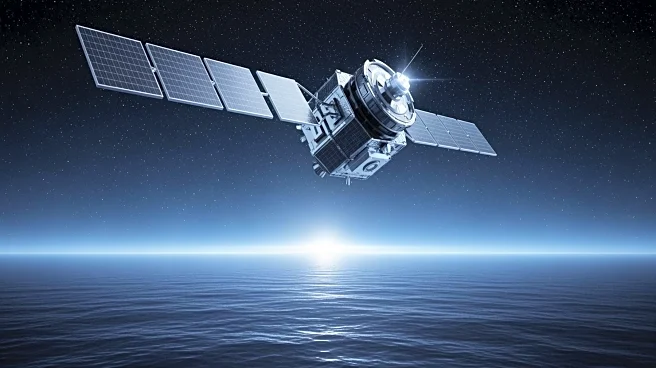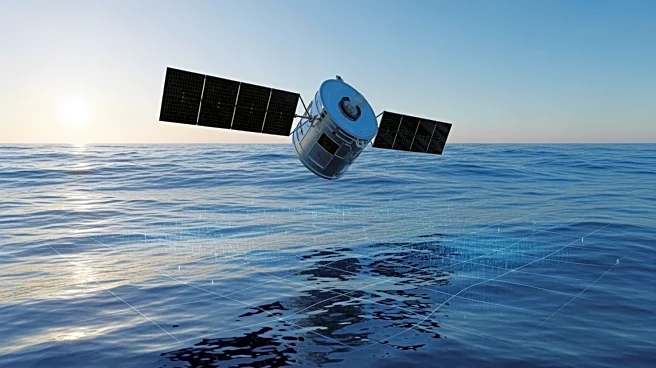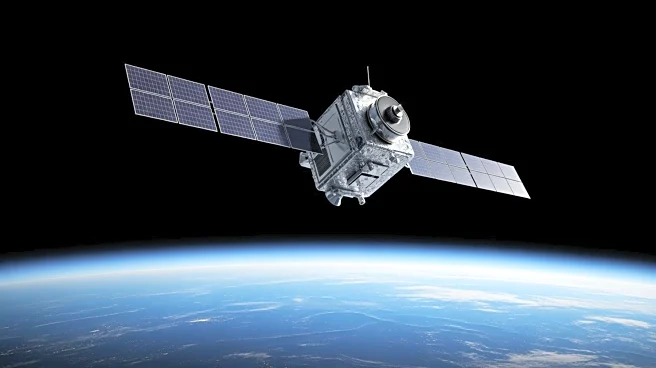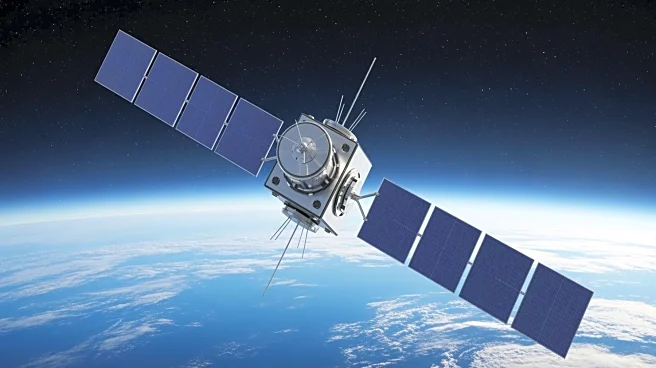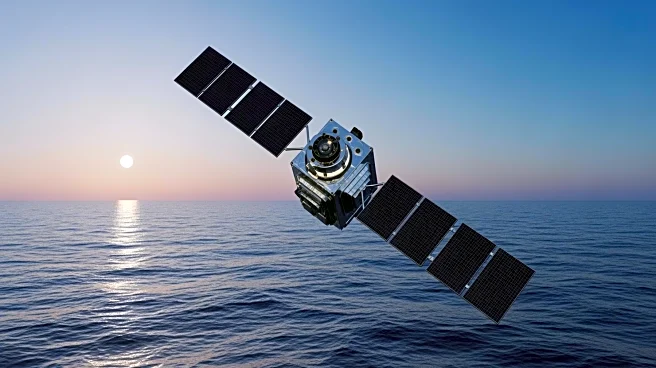What's Happening?
NASA, in collaboration with the European Space Agency (ESA), EUMETSAT, and the National Oceanic and Atmospheric Administration (NOAA), is preparing for the launch of the Sentinel-6B satellite. The satellite is set
to launch aboard a SpaceX Falcon 9 rocket from Vandenberg Space Force Base in California. Scheduled for 12:21 a.m. EST on November 17, 2025, the mission aims to measure sea levels with high precision across 90% of the world's oceans. This initiative will extend the existing dataset to nearly 40 years and continue the atmospheric temperature records initiated by Sentinel-6 Michael Freilich. The launch will be streamed live on NASA+, Amazon Prime, and various NASA social media channels.
Why It's Important?
The Sentinel-6B satellite is crucial for monitoring global sea level changes, which are vital indicators of climate change. Accurate sea level measurements help scientists understand the impacts of global warming, such as rising sea levels and their effects on coastal communities. The data collected will support climate research and policy-making, providing essential information for environmental planning and disaster preparedness. The collaboration between NASA and international partners underscores the global effort to address climate change and its consequences.
What's Next?
Following the launch, Sentinel-6B will begin its mission to collect sea level and atmospheric temperature data. Scientists and policymakers will use this information to assess climate change impacts and develop strategies to mitigate its effects. The satellite's data will contribute to ongoing research and may influence future environmental policies. Continuous updates and findings will be shared through NASA's blog and social media platforms, keeping the public informed about the mission's progress and discoveries.
Beyond the Headlines
The Sentinel-6B mission highlights the importance of international cooperation in addressing global challenges like climate change. By pooling resources and expertise, NASA and its partners can achieve more comprehensive and accurate scientific outcomes. This collaboration also sets a precedent for future joint missions, fostering a spirit of unity and shared responsibility in tackling environmental issues.
